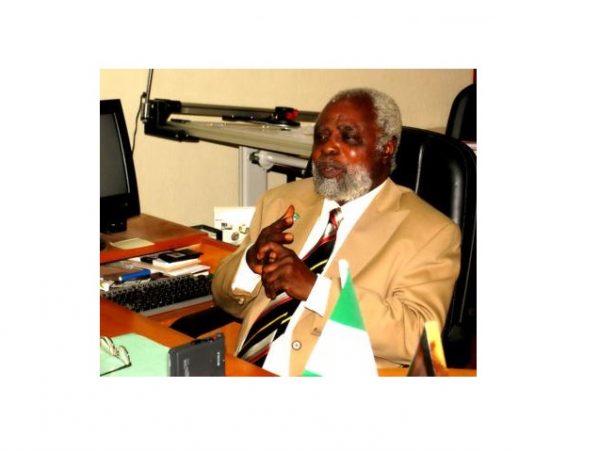Ekundayo Adeyinka Adeyemi is a distinguished professor of architecture at Covenant University. In 1975, Adeyemi attained professorship at Ahmadu Bello University, a promotion that made him the first professor of architecture in Nigeria and Sub-Saharan Africa.
Read more about Men you should know
Early Life and Education
Born to parents from Ekiti State, Adeyemi attended four different primary schools across various states before concluding his basic education in Ekiti State. His secondary education was completed at Christ’s School Ado Ekiti, the state capital in 1956. In 1963, he obtained a degree in architecture from Ahmadu Bello University.
In 1965, he got his master’s degree from Columbia University. This was followed by another master in Urban planning from New York University in 1973. His PhD thesis was on Kaduna Capital Territory and Metropolitan Lagos: An Analysis of Administrative and Institutional Framework for Urban land Planning and Development and was completed in the same institution by 1974.
Career
Adeyemi is regarded as the first professor of the architecture of Nigeria, he is also reported as being the pioneer academic to attain professorship in architecture in Sub-Saharan Africa.
Academic and Administrative Positions
Ekundayo is a member of several professional bodies including the Nigerian Institute of Architects, the African Union of Architects and the American Institute of Planners. Ekundayo started his lecturing career at Ahmadu Bello University in 1969, where he rose through the ranks to become the dean of the faculty of environmental design in 1976.
Sign up to the Connect Nigeria daily newsletter
He was made a professor at the university the previous year. In 1982, Ekundayo went on sabbatical to the University of Sheffield as a visiting professor. In 1988, Ekundayo was appointed Deputy Vice-Chancellor of Federal University of Technology Akure.
Between 1999 and 2002, he was selected as Ag. Vice-Chancellor of the school. In 2004, he came out of retirement to become the dean of the College of Science and Technology and a distinguished professor at Covenant University.
Publications
In a 2008 study titled Meaning and Relevance in Nigerian Traditional Architecture: The Dialectics of growth and Change, Adeyemi attempted to correct the misconception that Africans dwelled in “unstructured, isolated bush communities with little appreciation of the aesthetics in town design” by providing understandings on what shaped the ancient traditional architectures of buildings across the main ethnic groups in Nigeria while providing insight and a holistic view on African buildings of old.
A 2014 paper titled Characteristics of Early Ecclesiastical Architecture in Lagos State in Nigeria by Adeyemi in the Journal for Cultural and Design Studies noted that the period between the early 1850s till the late 1920s started a major structural era in the kind of buildings designed in Nigeria.
The study analyzed the five most important Christian facilities that were built during the period while taking into consideration their distinctive properties. The findings from the publication were that the buildings were designed with minimal inputs, ideas and comments from nationals and the mechanism employed have changed over the years from what is being used today.
Source:
Wikipedia
Featured Image Source: Nairaland Forum
Got a suggestion? Contact us: [email protected]


